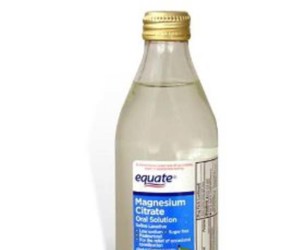Creatine anhydrous that is used to improve muscle performance. It is used as a food additive and dietary supplement for the sports nutrition industry. It is used in functional food and nutritional supplement applications. Though it’s considered safe, some are convinced it has potentially dangerous health effects.
What Is Creatine Anhydrous?
CREATINE ANHYDROUS is a water-free nitrogenous compound that acts as a high-energy reservoir for the rapid regeneration of ATP. Approximately 95% of creatine is found in skeletal muscle, primarily as phosphocreatine. CREATINEANHYDROUS can be acquired through dietary consumption or formed from L-arginine, glycine, and L-methionine in a multi-step reaction that occurs in the kidneys and liver. Creatine is then transported to muscle tissue. CREATINEANHYDROUS supplementation is used for the enhancement of sports performance, primarily by increasing muscle mass. This product appears as a yellow to orange crystalline powder.
Possible Side Effects of Creatine Anhydrous
Although Creatine Anhydrous generally regarded as a very safe and effective supplement, there can be some minor side effects. The side effects may:
- stomach pain, nausea, diarrhea, and muscle cramping
GRAS Affirmation: Yes
Generally recognized as safe (GRAS) is an American Food and Drug Administration (FDA) designation that a chemical or substance added to food is considered safe by experts, and so is exempted from the usual Federal Food, Drug, and Cosmetic Act (FFDCA) food additive tolerance requirements. Creatine Anhydrous is considered safe.
Suggested Dosage
NA.
Special Populations Precaution
There is a lot of concern about diet and nutrition for these population, like Newborns, children, pregnant, sensitive to Creatine Anhydrous populations. Better consult to your doctor if you would like to intake Creatine Anhydrous.
Related Research
1. Creatine metabolism and safety profiles after six-week oral guanidinoacetic acid administration in healthy humans. [Int J Med Sci. 2013] Author: Ostojic SM, Niess B, Stojanovic M, Obrenovic M.
2. Analysis of the efficacy, safety, and regulatory status of novel forms of creatine. [Amino Acids. 2011 May] Author: Jäger R, Purpura M, Shao A, Inoue T, Kreider RB.
3. Studies on the safety of creatine supplementation. [Amino Acids. 2011 May] Author: Kim HJ, Kim CK, Carpentier A, Poortmans JR.
4. Safety of creatine supplementation. [Subcell Biochem. 2007] Author: Persky AM, Rawson ES.
5. The effect and safety of short-term creatine supplementation on performance of push-ups. [Mil Med. 2007 Mar] Author: Armentano MJ, Brenner AK, Hedman TL, Solomon ZT, Chavez J, Kemper GB, Salzberg D, Battafarano DF, Christie DS.

